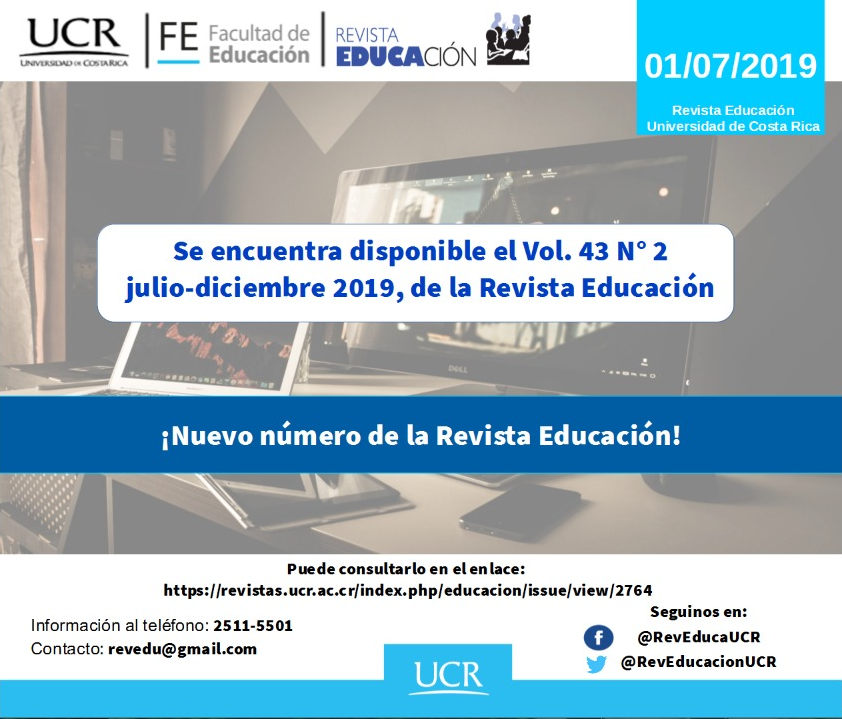Abstract
This study analyzes the phenomenon of collaborator loyalty at a high school in the city of Celaya (Guanajuato). A literature review of previous related studies was first conducted, emphasizing Flores (2009) whose study, Loyalty within the Culture of Mexican Workers in Mexico City, is used as a basis for this study. This phenomenon was addressed from a quantitative perspective, a correlational scope using a non, cross-cutting type experimental design. The hypothesis was that qualitative variables described as resources, team work, direct supervisor, senior administration and compensation influence satisfaction and loyalty. A document was used to measure the aforementioned variables, using a sample of 76 subjects who are also collaborators at the institution with a confidence interval of 95% and a margin of error of 3%. Lastly, the results were analyzed with the Kendall Tau-B correlational coefficient in order to prove the research hypothesis. The main finding was that the most significant variables that impact loyalty are teamwork, remuneration and compensation, which is empirical proof that can help the institution make decisions to increase loyalty from their collaborators. Controlling and stimulating teamwork, remuneration and compensations variables may significantly help increase collaborator loyalty. In addition, those results can be used as a baseline for other institutions to replicate the research models. In this manner, the results obtained can also help the decision-making process about desired collaborator loyalty values.
References
Bateman, T. S., Scout, A. y Snell (2004) Una ventaja competitiva. Editorial Mc. Graw Hill: México.
Bustamante, J. C. (2015). Uso de variables mediadoras y moderadoras en la explicación de la lealtad del consumidor en ambientes de servicios. Estudios Gerenciales, 31(136), 299–309. https://doi.org/10.1016/j.estger.2015.05.002
Cavazos, J. y Encinas, F. C. (2016). Influencia del engagement académico en la lealtad de estudiantes de posgrado: un abordaje a través de un modelo de ecuaciones estructurales. Estudios Gerenciales, 32(140), 228–238. doi: https://doi.org/10.1016/j.estger.2016.07.001
Duque, E. J. y Ramírez, P. J. (2015). Evolución conceptual y relación entre involucramiento y lealtad. Suma de Negocios, 5(12), 169–179. doi: https://doi.org/10.1016/s2215-910x(14)70039-4
Edelberg, G. S. (2011). La lealtad en la empresa. INCAE Business School. Recuperado de http://www.guillermoedelberg.com.ar/pdf/94.pdf.
Ewin, R. E. (1992). Loyalty and Virtues. The Philosophical Quarterly, 42(169), 403-419.
Fernández, S. P. y Díaz S. (2001). Relación entre variables cuantitativas. Unidad de Epidemiología Clínica y Bioestadística. España: Complexo Hospitalario Universitario de Coruña
Flores, J. (2009). La lealtad en la cultura del trabajador mexicano de la ciudad de México. México: Textos Científicos.
Gómez, D., Martínez, E., Recio, R. y López, H. (2013). Lealtad, satisfacción y rendimiento académico en los estudiantes de la UASLP-UAMZM. Sophia, (9), 11-25.
Hernández, R., Fernández, C. y Baptista, P. (2014) Metodología de la Investigación. Editorial Mc. México: Graw Hill
Lee, D. (2006). Convierta a su organización en un imán para atraer y retener talento. Blog AMA Global. Recuperado de https://bit.ly/2QCcCND
Osterman, P. (2009) Mandos Intermedios: Mejorando su Impacto en la Organización. México: Editorial PROFIT.
Yarce, J. (2006) El Poder de los Valores de las Organizaciones. México. Editorial Ruz.






